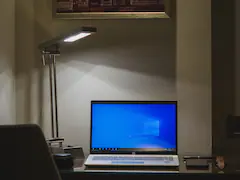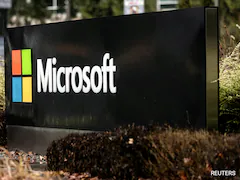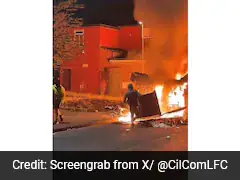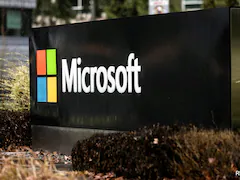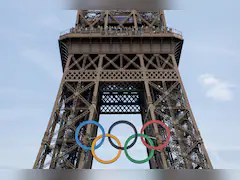At least 39 people have been killed and over 2,500 have sustained injuries in Bangladesh after clashes between students, government supporters and armed police following protests against service job quotas.
The demonstrations began last month after the High Court reinstated a quota system, reserving 30 per cent of government jobs for family members of freedom fighters and veterans from the 1971 War of Independence.
However, the Supreme Court has since suspended the High Court's order and is set to hear the government's challenge on August 7.
In 2018, the quota system was scrapped by Prime Minister Sheikh Hasina's government following similar student-led protests.
What do Bangladesh protestors demand?
The protesters are demanding the government scrap the quota system, which they claim benefits only the ruling Awami League party led by Sheikh Hasina. Prime Minister Hasina, the daughter of Bangladesh's founding father Sheikh Mujibur Rahman, has been accused of using the quota system to reward her party's loyalists. Protestors allege the system is unfair and limits their job opportunities.
However, Prime Minister Hasina, refusing to accept any demands, has referred to the protesters as "razakar", an offensive term used to describe those who betrayed the country by collaborating with the Pakistani army in 1971.
What is quota system in Bangladesh?
The quota system in Bangladesh was introduced in 1972 and has undergone several changes since then. Before it was abolished in 2018, the system reserved 56 per cent of government jobs for various groups, but the majority of these quotas benefited freedom fighters' families.
Here's how the quotas were allocated:
Women: 10 per cent
Underdeveloped districts: 10 per cent
Indigenous communities: 5 per cent
Disabled people: 1 per cent
The system has now been reinstated again.
Situation in Bangladesh
Violence erupted across Bangladesh as police and protesters clashed in various parts of the country, including the capital, Dhaka. The protests, although going on for weeks, took a dark turn on Wednesday when Prime Minister Sheikh Hasina appeared on TV to address the escalating clashes. However, her appearance on a national broadcasting channel seemed to have the opposite effect, as the demonstrators set fire to the country's state broadcaster building on Thursday.
Disclaimer: The copyright of this article belongs to the original author. Reposting this article is solely for the purpose of information dissemination and does not constitute any investment advice. If there is any infringement, please contact us immediately. We will make corrections or deletions as necessary. Thank you.

